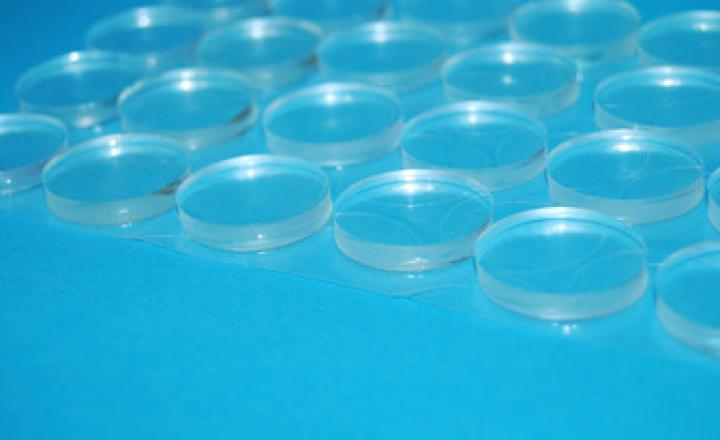Scintillation Materials
Inorganic and Organic
Scintillators were originally used in nuclear research. As early as 1944, researchers were successfully detecting ionizing radiation with a phosphor coupled to a photomultiplier tube. Since then, many different scintillators have been introduced in a wide variety of both organic and inorganic materials and defined by the efficient conversion of incident ionizing particles into an optical response of fast rise and/or decay times. This ability has made scintillators the cornerstone of radiation spectroscopy and imaging.
Offering an industry-leading variety of scintillator materials for radiation detection and nuclear identification: Neutron-Gamma dual detection materials such as CLLB and NaIL, high-density LYSO with 36ns decay time and Enhanced LaBr with FWHM 2.2% at 662 KeV, in addition to traditional inorganic [NaI(Tl), LaBr, BGO, CsI, CdWO4] and organic scintillators (Solid BC-408) and fibers technology.
We also continue to develop new scintillators internally and with outside partners to meet current and future market needs.
Capabilities
We have developed internal raw material chemistry capabilities and growth processes for most of these materials. By processing our raw materials in-house, we can control performance, especially light output, and quality consistency.
In addition, we have developed unique cutting, shaping, and packaging equipment and facilities. This allows us to form scintillators into almost any shape that could be asked for, including cylinders, rectangles, annuli, pixels, cubes, curved, arrays, bars, well, large format, plates, spheres, near net shape.
After shaping, our multiple manufacturing facilities are equipped with the environment and climate conditions compatible with the material characteristics to prevent any degradation during the assembling process. Our long experience in packaging hygroscopic materials provides assurance that detectors will continue to perform in the field for years.
Our Strengths –
- Large production capacity
- Multi-continent growth and manufacturing sites
- Excellent crystal performance
- High Quality finished detectors
- Internal Quality first pass yield: > 98.5%
- Product Returns % of sales: 0.3%
- Manufacturing integrated from raw material to finished detector
- Various scintillation material alternatives
- Experienced in all techniques from crystal pixellation to curving
- Hermetic sealing to withstand temperature, shock, vibration
- Sensor integration - PMT selection or SiPM design
- Expertise available to respond to customers' demands
- Unique R & D capabilities






